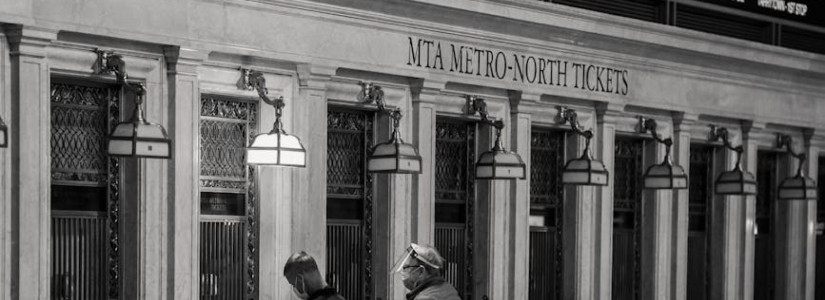Soaring Prices for Building Materials May Reduce Housing Market Growth
Last updated: September 10, 2025
The U.S. housing market has faced years of turbulence, and by 2025, many of the same challenges remain.
Rising construction costs, limited housing supply, and high demand continue to shape a market where affordability is out of reach for millions of Americans.
Check for an easier homeownership here!
Construction Costs Still at Record Highs
Building materials remain expensive long after their 2020 pandemic spike.
While lumber prices have cooled slightly, costs for cement, steel, drywall, and labor are higher than ever.
Why?
-
High demand: Builders are competing for limited supplies.
-
Supply chain constraints: Shipping delays, manufacturing slowdowns, and global supply issues still impact costs.
-
Labor shortages: Skilled workers remain scarce, driving wages up and delaying projects.
These pressures have forced many developers to scale back or delay construction, further straining housing supply.
You may have access to support programs you didn’t know about. Find out more here!
Builders Hesitant to Break Ground
With high costs cutting into profits, many builders are cautious.
According to the NAHB/Wells Fargo Housing Market Index, builder confidence has slipped as companies weigh the risks of starting projects that could stall due to costs or labor delays.
Developers who do move forward face:
-
Long wait times for supplies.
-
Higher project expenses.
-
A smaller pool of buyers who can afford elevated home prices.
Housing Inventory Remains Tight
The U.S. housing shortage has only worsened. In early 2025, total inventory of homes for sale hovers near historic lows, with demand continuing to outpace supply.
Effects on buyers:
-
Rising home prices in most metro areas.
-
Competitive bidding wars, even for older homes in need of repair.
-
Fewer affordable options, particularly for first-time buyers.
This environment has created a seller’s market, making it difficult for many Americans to achieve homeownership.
Cities Hit Hardest by Growth and Shortages
Some metro areas are under especially heavy pressure due to rapid population growth and limited construction:
-
Austin, Texas – Tech-driven growth continues to fuel housing demand.
-
Phoenix, Arizona – A migration hotspot, with affordability declining fast.
-
Nashville, Tennessee – Popular with younger professionals and retirees alike.
-
Tampa, Florida – Strong job market and warm climate drive demand.
-
Denver, Colorado – Outdoor lifestyle and booming economy keep prices high.
In these cities, housing shortages are colliding with fast population increases, pushing prices even further out of reach.
Takeaway
As of 2025, the U.S. housing market is defined by high construction costs, limited supply, and affordability challenges.
Builders face rising expenses, buyers face record competition, and growing cities like Austin and Phoenix are ground zero for housing pressure.
Unless supply catches up with demand, the affordability crisis is likely to deepen in the years ahead.
-
Overwhelmed by bills? Subscribe now and discover financial help to lighten the load!









